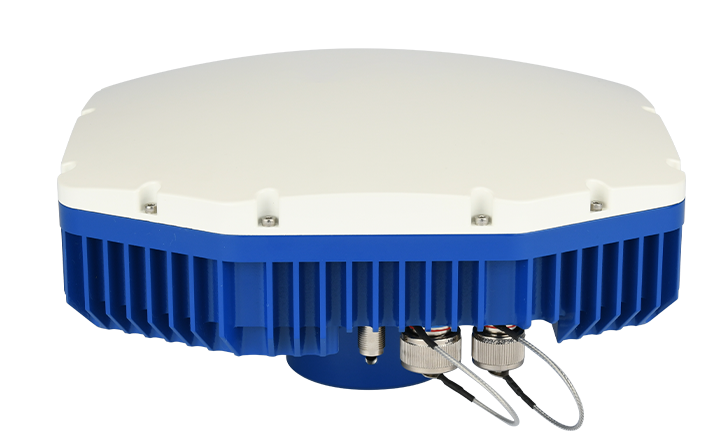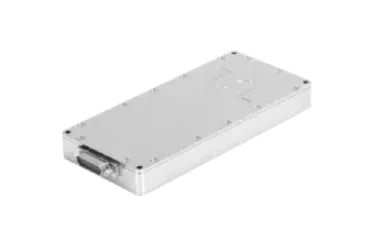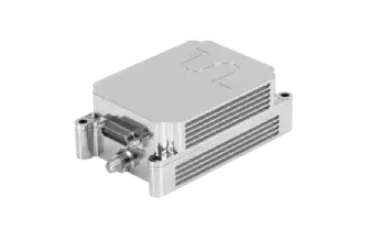In today’s connected world, data transmission and communication are of great importance. One of the main building blocks that ensures that this process takes place properly and safely is the Data Link layer. In this article, we will examine in detail what the Data Link layer is, how it works and why it is so important.
Basic Functions of Data Link Layer:
Creating Data Frames: The Data Link layer converts the transmitted data into frames in a particular format. These frameworks facilitate the transmission and processing of data.
Physical Addressing: Each device has a unique physical address (MAC address ). The Data Link layer determines the sender and receiver in communication using these addresses.
Error Control: The Data Link layer checks for the integrity of the transmitted data. It detects faulty data frames and corrects them as needed.
Flow Control: Regulates and controls the data flow in the network. It balances the speed differences between devices that send data and receive data, making the network run efficiently.
Conflict Management: Conflicts may occur in shared networks such as Ethernet. The Data Link layer detects these conflicts and uses certain algorithms to resolve them.
Importance of Data Link Layer:
The Data Link layer is the key to network communication. It ensures that data is transmitted and received correctly, so network users have a reliable communication environment. This layer is also critical to network security and may include measures such as authentication, encryption and access control.
The Data Link layer plays a key role in regulating network communication and ensuring security. This layer regulates data transmission, provides error control and improves network security. The Data Link layer is an indispensable component for data transmission in computer networks to occur smoothly and safely.



